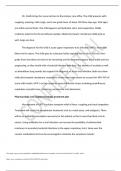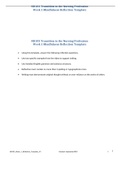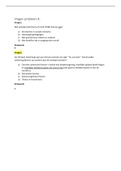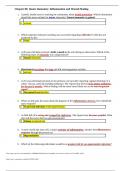Samenvatting
STUDY GUIDE INTERMEDIATE STATISTICS I UNIVERSITY COLLEGE 2020, Discovering statistics using IBM SPSS statistics, summary, samenvatting
- Instelling
- Erasmus Universiteit Rotterdam (EUR)
Study guide intermediate statistics I for Erasmus University College Students. It is thus especially designed for EUC students and the chapters that are included are named in the description, but of course, you can still use it for your own course! Good luck with your exams. Discovering Statist...
[Meer zien]













